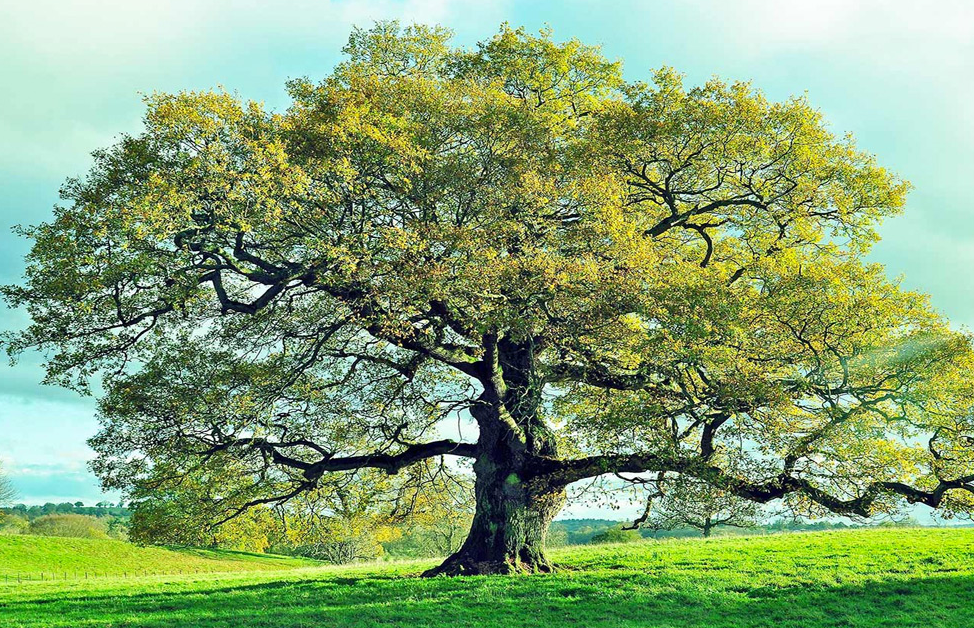Let’s talk about Costa Rica National Tree. Costa Rica, a beautiful country located in Central America, is known for its diverse wildlife, stunning landscapes, and commitment to environmental conservation. One of the prominent symbols of Costa Rica’s natural heritage is its national tree, the Guanacaste (Enterolobium cyclocarpum). In this article, we will explore the significance of the Guanacaste tree, its characteristics, ecological importance, cultural significance, and efforts made to preserve this majestic tree.
Characteristics of the Costa Rica National Tree
The Guanacaste tree, scientifically known as Enterolobium cyclocarpum, is an impressive species that belongs to the legume family. It is renowned for its grandeur and size, often reaching heights of up to 40 meters (131 feet). The tree has a wide, umbrella-like crown that provides ample shade and shelter for various species beneath it. Its bark is rough and deeply furrowed, offering protection against external elements.
The leaves of the Guanacaste tree are compound, with several small leaflets attached to a central stalk. These leaflets have a bright green color and give the tree a lush appearance. During the dry season, the tree sheds its leaves, creating a stark contrast against the blue sky. Additionally, the Guanacaste tree produces beautiful, fragrant white flowers, attracting pollinators such as bees and butterflies.
Ecological Importance of Costa Rica National Tree
The Guanacaste tree plays a vital role in Costa Rica’s ecosystem and supports a wide array of flora and fauna. Due to its large size, the tree provides a habitat for numerous animal species, including birds, insects, and mammals. It offers nesting sites for birds and serves as a perch for raptors.
Moreover, the Guanacaste tree contributes to soil fertility. Its fallen leaves decompose, enriching the soil with organic matter and nutrients. This promotes the growth of other plant species, creating a diverse and vibrant ecosystem.
Furthermore, the extensive root system of the Guanacaste tree helps prevent soil erosion, stabilizing riverbanks and hillsides. It acts as a natural barrier against floods and helps maintain the balance of nearby water sources.
Cultural Significance of Costa Rica National Tree
The Guanacaste tree holds immense cultural significance in Costa Rican society. It is deeply ingrained in the country’s history and is often referred to as the “elephant ear tree” due to the large size of its leaves. The tree is a national symbol, representing strength, longevity, and a sense of national identity.
In Guanacaste Province, located in northwestern Costa Rica, the tree is particularly revered. It is a source of pride for the local communities, and its image can be found in traditional art, literature, and folklore. The shade provided by the Guanacaste tree has been cherished by generations, offering respite from the intense tropical sun.
Preservation Efforts for Costa Rica National Tree
Recognizing the importance of preserving the Guanacaste tree and its habitat, Costa Rica has implemented several initiatives to ensure its conservation. National parks and protected areas have been established to safeguard the tree’s natural environment, allowing it to thrive undisturbed.
Additionally, educational programs and awareness campaigns have been conducted to educate the public about the ecological significance of the Guanacaste tree. Efforts are made to involve local communities in tree planting initiatives and reforestation projects, fostering a sense of responsibility and ownership.
Conclusion
The Guanacaste tree stands as a symbol of Costa Rica’s commitment to nature and environmental conservation. With its impressive size, ecological importance, and cultural significance, this majestic tree holds a special place in the hearts of Costa Ricans. Efforts to preserve and protect the Guanacaste tree and its habitat ensure that future generations will continue to enjoy the beauty and benefits it provides.
FAQs
- What is the national tree of Costa Rica?
The national tree of Costa Rica is the Guanacaste tree (Enterolobium cyclocarpum).
- Where can I find the Guanacaste tree in Costa Rica?
The Guanacaste tree can be found throughout Costa Rica, particularly in Guanacaste Province.
- Why is the Guanacaste tree important ecologically?
The Guanacaste tree provides habitat for numerous animal species, contributes to soil fertility, and helps prevent soil erosion.
- What is the cultural significance of the Guanacaste tree?
The Guanacaste tree is a symbol of strength, longevity, and national identity in Costa Rica. It is deeply rooted in the country’s history and folklore.
- What conservation efforts are in place for the Guanacaste tree?
Costa Rica has established national parks, protected areas, and educational programs to conserve the Guanacaste tree and its habitat.
References
- National Geographic. (n.d.). Guanacaste tree. Retrieved from https://www.nationalgeographic.org/encyclopedia/guanacaste-tree/
- Costa Rica Guide. (n.d.). Guanacaste: Costa Rica’s national tree. Retrieved from https://costa-rica-guide.com/nature/national-tree-guanacaste/
- Instituto Nacional de Biodiversidad (INBio). (n.d.). Enterolobium cyclocarpum. Retrieved from http://www.inbio.ac.cr/es/biodiversidad/crart/floraguanacaste/fmplantas/enterolobium-cyclocarpum

